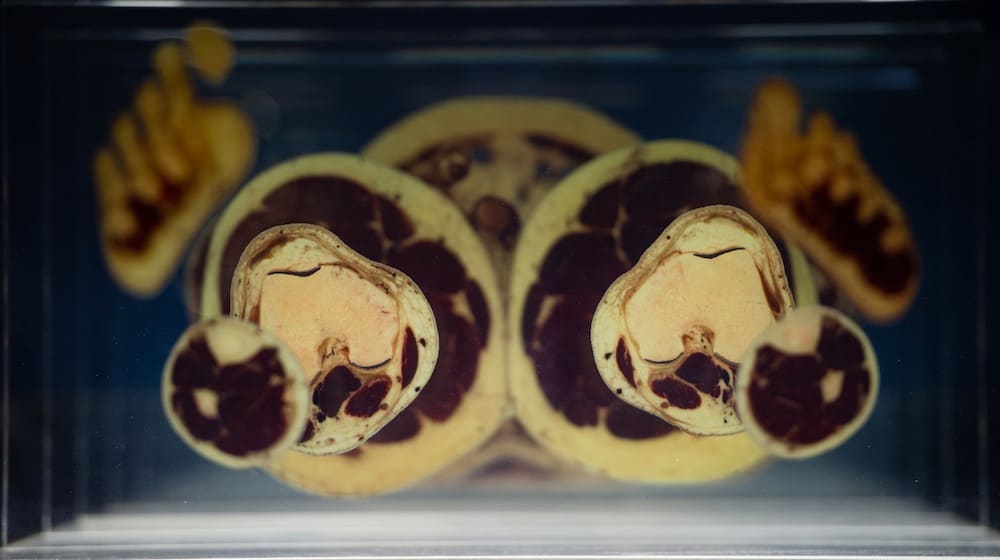Breathtaking. Inspirational. Jaw-dropping. From experiencing a premature baby’s first breath to seeing yourself at the age of 70, the AstraZeneca Human Edge exhibit at the Ontario Science Centre (OSC) stands as a testament to the wonders of the human body and what the future of science holds. This exhibit hopes to increase awareness of the astounding abilities of the human body and the advancements, both past and present, in medical research.
Upon first entering the exhibit, the number of possibilities is almost overwhelming. Should I attempt to climb “Mount Everest,” the exhibit’s climbing wall? Experience a deep sea diver’s journey to the depths of the ocean? Or perhaps stare in amazement at the (literally) glowing product of genetic advancements in science?
Using the trusted method I employ for all of my tough decisions, eenie-meenie-miney-mo, I decided to take the harrowing climb up Mount Everest. The journey was anything but smooth, and served to demonstrate the tough decisions which extreme hikers must make if they hope to complete the ascent.
After finally reaching the top, I proceeded to the genetics exhibit. In the centre of the room, illuminated by a uv back-light, stood three cylinders with contents reminiscent of an aquarium. However, the fish inside were anything but ordinary. Donated by Dr. Xiao-Yan Wen at St. Michael’s Hospital, the zebrafish on display featured both wild-type and genetic mutant fish, in order to demonstrate the importance of genetics in research in the past few decades.
The mutant fish had been injected with a gene from a marine animal which, when exposed to UV light, caused them to glow red. Although used solely for demonstration purposes, the technology behind this process has led to the determination of many genes which contribute to specific diseases, opening up possibilities for a variety of treatment and therapy options. Finally moving to the back of the room, I passed through what seemed to be the mosaic of a human life. From life before birth, and the challenges which premature babies must overcome simply to survive, to the process of aging, it is humbling to see the medical advancements which make it possible for so many to live a long and fulfilling life.
The final section of the exhibit is dedicated to type II diabetes, one of the most prevalent diseases effecting our society today. Visitors are shown a replica of the lab in which insulin was discovered, and immersed in the experience by attempting to determine which instrument led to its discovery.
In addition, four stations covering different time periods aim to inform listeners as to historical, present, and future diabetes research. Dr. Mary Jane Conboy, director at the osc, states that the future station is one of the “truly exciting” aspects of the exhibit. “[It represents] so many possibilities for future therapies, including the possibility of growing a human pancreas,” she said.
As we continue the precipitous climb towards a brighter future in medicine and research, one thing is certain: we will continue to explore and revere the marvel which is the human body.


